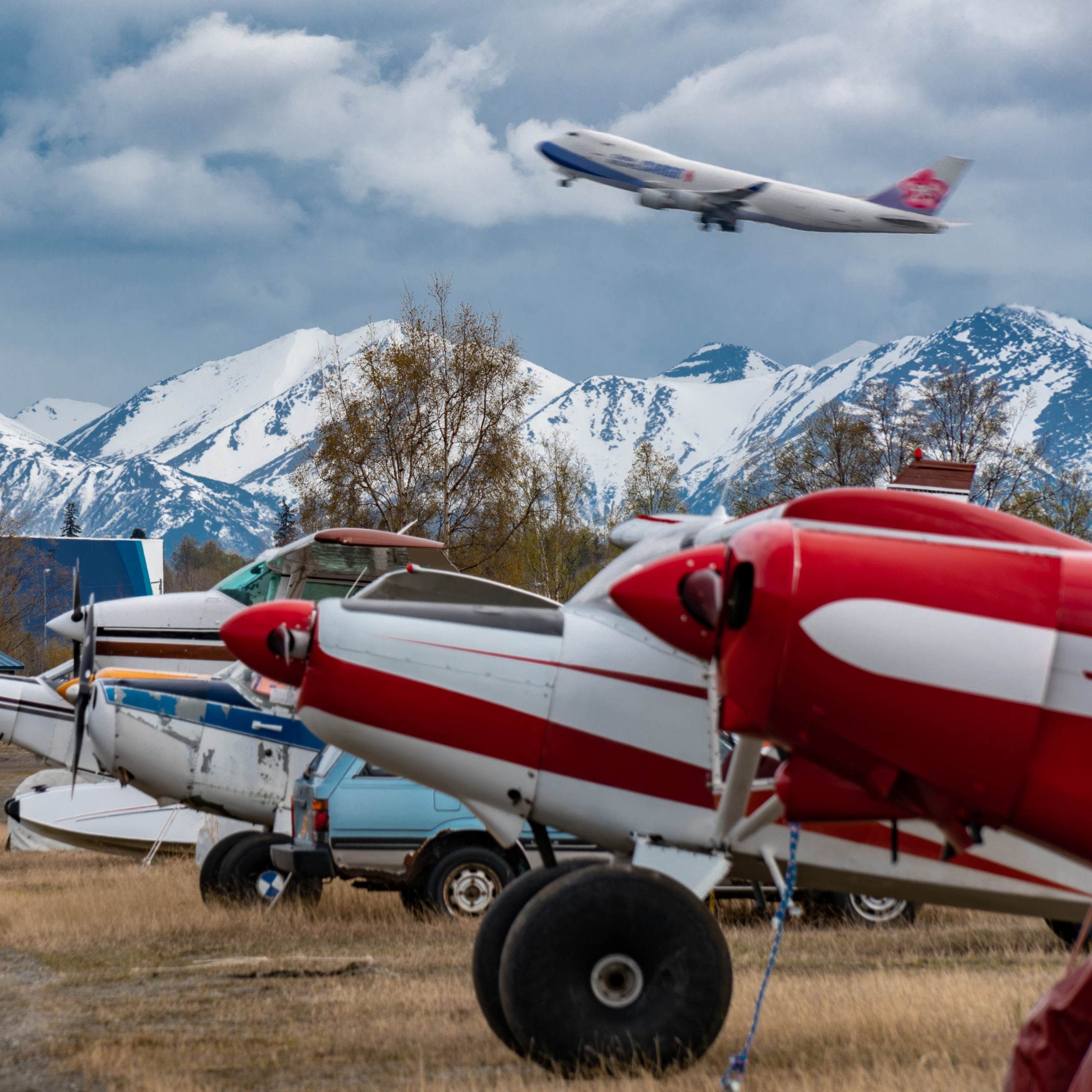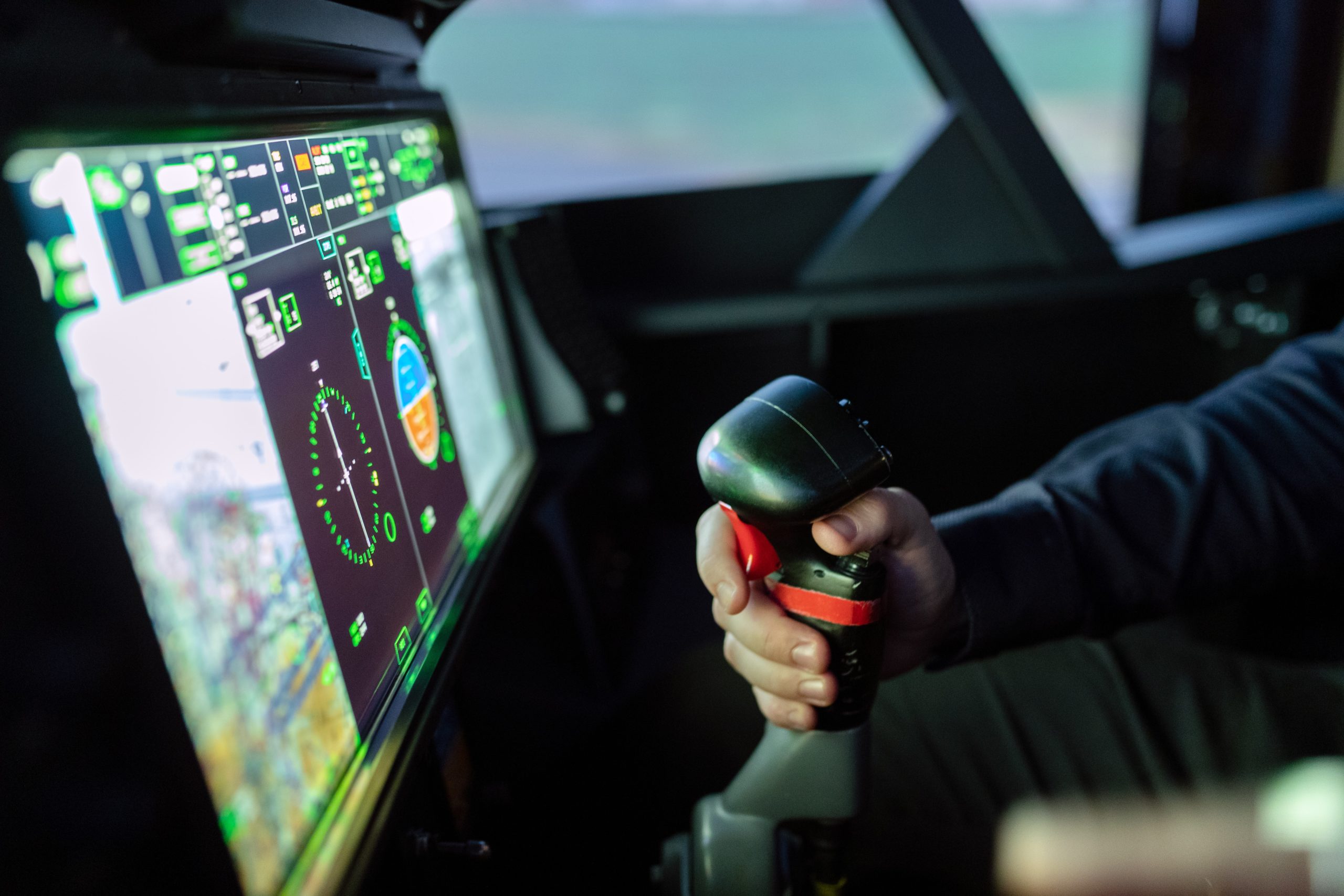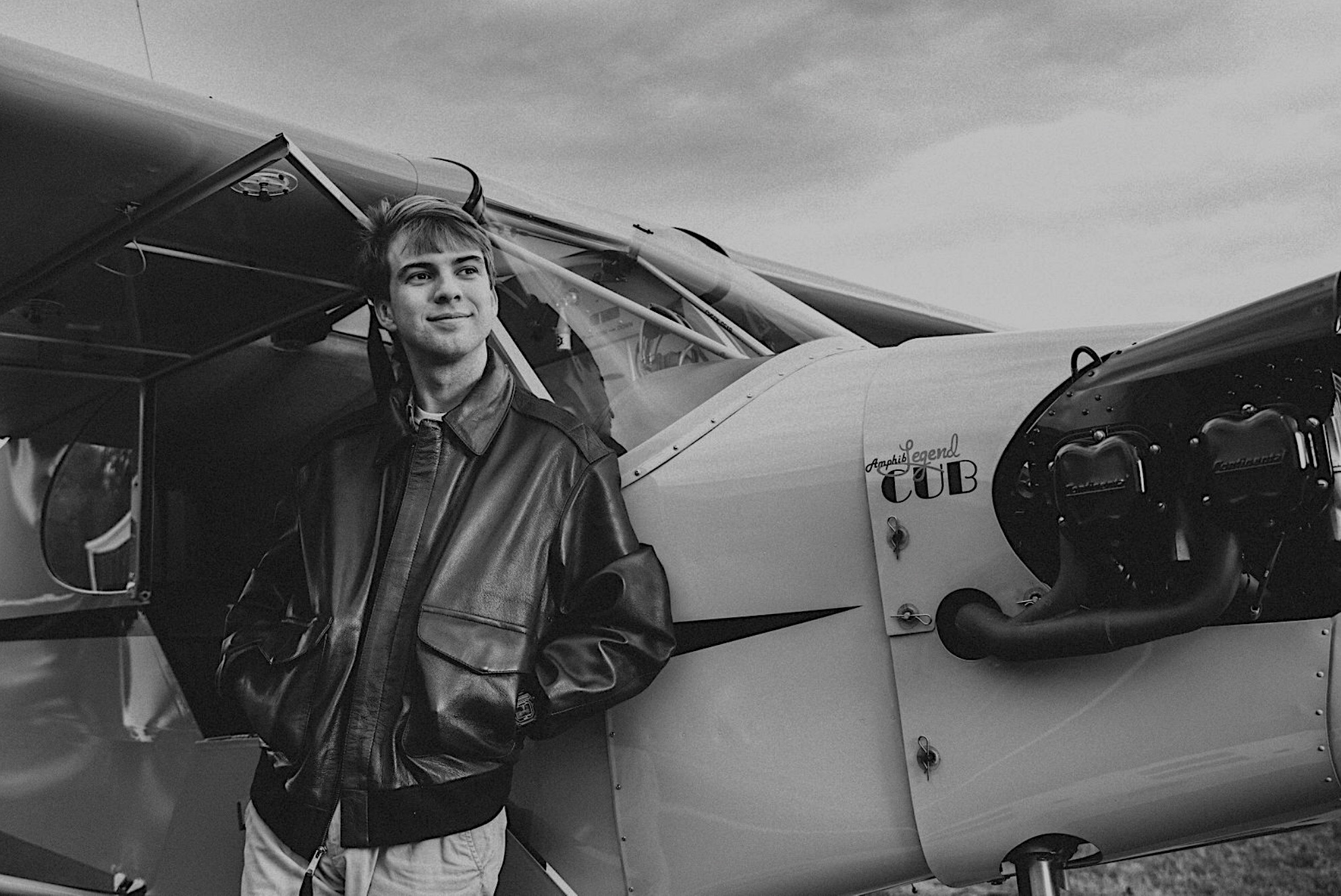
According to AOPA and General Aviation News, eight in ten student pilots quit within a year of starting their training. 80%. Why is that number so high? It’s all about the money, Jerry. Below are some of the cheapest ways to get your pilot’s license.
The biggest hurdle to getting your pilot’s license will likely be the expense. Fuel, oil, instruction, maintenance, books, ground school… it all adds up quickly. Today though we are going to discuss the cheapest ways to get your pilot’s license. While getting a cheap PPL is not a guarantee, we are going to do our best to provide you with some tips to do it and save a buck or two.
Commit and Do it Quickly
This is a theme throughout our blog series but being committed and efficient to learn to fly is the number one way to reduce cost. What do I mean by that? As you will soon find out, flying is a perishable skill. It is not like riding a bike.
If you don’t reinforce what you’ve learned in a lesson with another subsequent lesson soon after, you will lose that knowledge. This means you will have to spend more time ( and $$$) “refreshing” previous lessons.
The best way to avoid this is to block off time during the week that you will commit to flight training and leave that block for 6-8 months. Be disciplined and stick to your schedule. Also, don’t get discouraged.

One of the best ways to start learning to fly and being ahead of the game is to do ground school first. We here at Angle of Attack have an Online Ground School which is designed to help you minimize the costs of flight training. If you take our course, not only does it come with a checkride pass money-back guarantee, but we assure you will be lightyears ahead when you show up for your discovery flight.
College Programs and Flying Clubs
Are you yearning for some learning? Well, why not go to school and fly too? Thanks to recent pushes in STEM around the U.S. educational system, more and more colleges are adopting aviation programs. In these programs, you do pay tuition, but come out with a college degree and a pilot’s license.
The “top” college for aviation has long been considered to be Embry Riddle Aeronautical University in either Daytona Beach or Prescott. However, there are a wide variety of schools with levels of programs. Middle Tennessee State, North Dakota, Auburn, Oklahoma State, Oklahoma, Purdue, Ohio State, and Baylor all have impressive flight schools that allow for a pathway to getting your license. Additionally, many major airlines recruit from these college programs.
College flight school programs are great, but they do have a drawback. Much like the military, they are a big commitment. Some last four years and only teach limited aviation skills.
But what if you’re at a school that doesn’t offer a flight program or what if you’ve already graduated? I suggest looking around to find a flying club. These clubs vary, but typically involve “group” ownership of an airplane that can be used for flight training. This is a great way to cut costs on flight training if there is a CFI in the club or a CFI will train you in the club airplane.
Clubs can be messy, especially if the upkeep on the airplane by other members is lacking or there are so many members that you can’t access the airplane at the desired time. It’s important to do your homework before joining a flying club and if it seems “too good to be true,” it likely is.
Scholarships
I wish I could say I was surprised by the number of generous people in aviation, but thankfully I am not. So many scholarships have been set up by individuals, corporations, and advocacy groups to help those learning to fly. One of the most known is AOPA.
Many of these scholarships are targeted at certain demographics. If you’re young, a woman, or a person of color there is most certainly a scholarship for you out there. All you have to do is look and apply. Most of these scholarships require a writing sample or some other form of personal statement or expression.
Don’t be intimidated. You do not have to be Mark Twain or Tom Wolfe to get one of these scholarships. People want to see effort, thoughtfulness, and a good story.
Even if something is not an “aviation scholarship” see if you can use your aviation story to help. For example, this scholarship for English writing would make for a great story about you trying to learn to fly.
The Military
Another cheap way to get your pilot’s license, have Uncle Sam foot the bill. Well step up, lieutenant, and see the world! Joining the military is one of the cheapest ways to learn to fly. In fact, it’s free. However, it’s also one of the longest, most controlling, and less certain ways of learning to fly.
Advantages of the Military
All military branches have an aerial component to them (victory through airpower!) However, some have more slots, aircraft variety, and prestige than others. The big two are the United States Air Force and The United States Navy. The Air Force manned over 5,000 aircraft in 2020, while the Navy operates about 2,600. However, don’t sell the other branches short. The Army operates almost 4,000 battle-ready helos and any Coast Guardsman will tell you “the best pilots are the ones you hope you never see: A Coast Guard search and rescue pilot.” Flying in the military is often the pinnacle of the aviation world. It’s what they make the movies about, it’s why people come to airshows, and it might be why you are considering flying.
Disadvantages of the Military
However, the disadvantages of flying for the military are two-fold: time-consuming and uncertainty. First, committing to learn to fly for Uncle Sam takes a while. Before stepping on base at Pensacola or Maxwell you must go through a form of basic. After basic then you are off to officer candidate school. Then you have to qualify for flight school and go and complete an intense aviation curriculum. That whole process can take 1-3 years. For example, just this past weekend I went to a football game with a Naval Academy grad who was selected for flight training and he has been waiting in Pensacola for flight training for over a year. The reason? Lack of instructors.
Once you have your license, you will be in for a while. If the taxpayer is going to pay for flight lessons they are expecting a bang for their buck and most service time commitments for aviators are between 6-10 years. This process looks different for each branch, so be sure to check with your local recruiter.
The second biggest drawback of the military is the lack of control you will have over your life and career. You are serving your country, a big and impressive commitment. That comes with a high cost. Depending on the branch you go in, you could be stationed far away from home for months at a time and flying into dangerous situations.
That being said, flying for the military is the best of the best. You’ll be flying the fastest, most advanced aircraft on the planet, and the best part is you get paid to learn to do it! Weigh the pros and cons heavily before committing.
Bonus: Common Costly Mistakes
Not Doing Your Medical First
Nothing is more painful than seeing someone put a lot of time and money into learning to fly, only to get grounded by a flight surgeon a week before their checkride. Please… if you have any doubts about your medical history in relation to your ability to get your license… go to an AME. As we discussed in our blog on 20/20 vision, the medical/legal requirements are confusing and you should consult a professional before even taking a discovery flight. It can be a costly mistake.
Testing the Waters- Buying a Simulator
One of my tech buddies wanted to learn to fly. He read from an article that a good way to start was getting a flight simulator. Without thinking it through I said that sounded like a good idea, test the waters before you jump. He ran out and bought a new Xbox One, the Microsoft Flight Simulator game, and even a pilot-like joystick/throttle. It was a sweet setup. The problem? It cost him almost $500.
 While flying a simulator is very cool, it’s not the real thing. With the amount of money, my buddy spent on getting a flight simulator he probably could have paid for three lessons and the Angle of Attack Online Ground School course.
While flying a simulator is very cool, it’s not the real thing. With the amount of money, my buddy spent on getting a flight simulator he probably could have paid for three lessons and the Angle of Attack Online Ground School course.
If you already have an Xbox/PC Console or know somebody who has a full simulator set up, then maybe it makes sense…maybe. But you should consider any penny spent not on actual flight or ground school instruction as a wasted penny. Flying the computer is not flying the plane, and the best way to test the waters of aviation is to take that discovery flight or two!
Oftentimes when non-pilots ask me about the expenses of flying their mouths drop. My response in that moment of shock is always the same: “I didn’t do this because it made financial sense, I do it because I love it.”
For most of you, this is a passion. Just like golfing, collecting cars, or Titans’ season tickets, you don’t do it for the money; you do it simply because you want to do it. That certainly doesn’t mean you need to be spending wastefully when getting your pilot’s license. But the only way to get a pilot’s license cheap is to not get one at all…and what fun would that be?
Until industry, economic, regulatory, and environmental factors change, getting into aviation will sadly remain an expensive task. I hope these tips will help you mitigate some of the high costs of this passion. As always if you have questions about flight school costs, feel free to contact any one of us at Angle of Attack.

Michael Brown grew up flying on the banks of the Tennessee River in Chattanooga, TN. He obtained his private pilot’s license in high school and has instrument and seaplane ratings. Michael graduated from Texas Christian University, where he founded the school’s flying club, with a double major in Business and Communications. He is currently a law student at Tulane University, studying transportation law. Michael was named the Richard Collins Young Writing Award winner and has had his legal writing recognized by the American Bar Association’s Air & Space Subcommittee. When he is not flying or studying, Michael enjoys riding his bike and cheering on his Atlanta Braves.

Stay Connected
Be the very first to get notified when we publish new flying videos, free lessons, and special offers on our courses.





